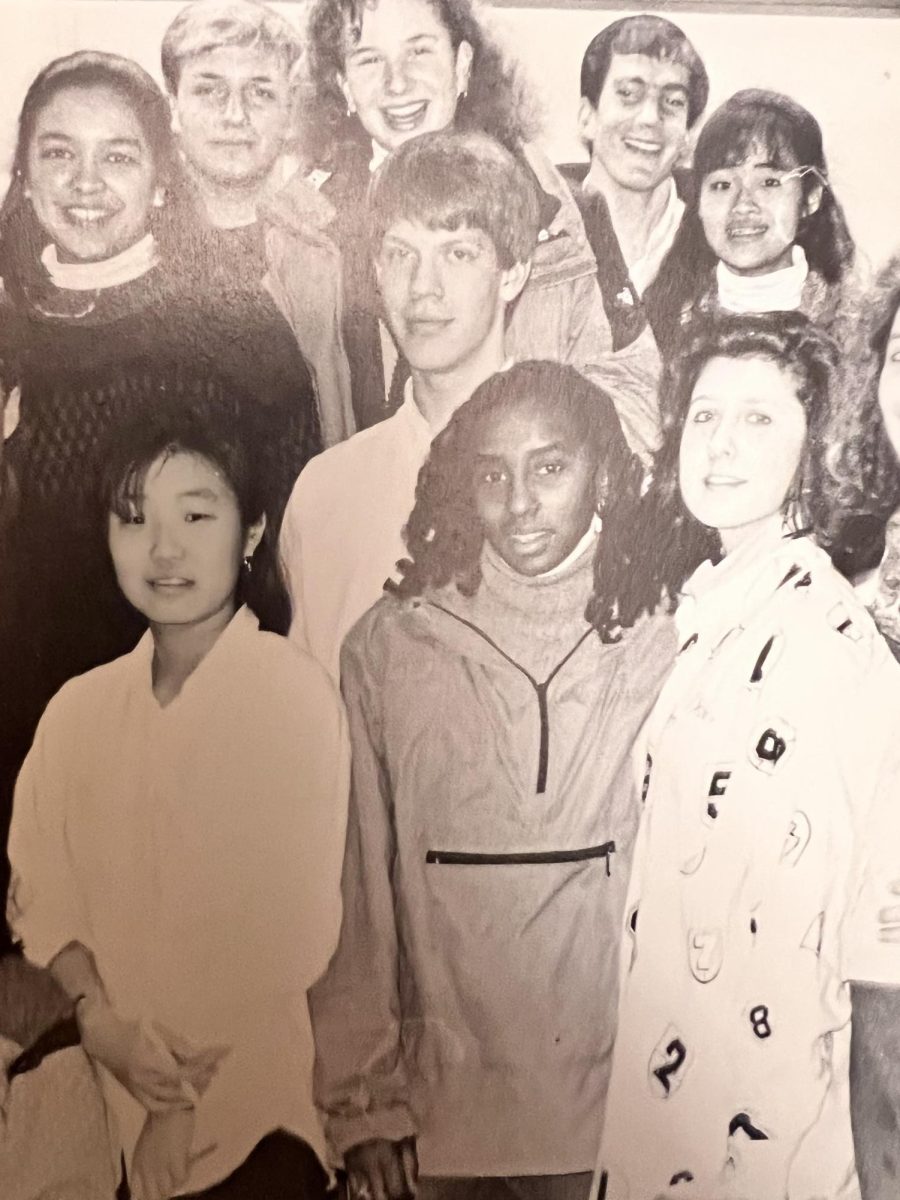For the past 13 years, American cinema has been dominated by Marvel movies. If you google the highest-grossing films of all time, five of the top fifteen are Marvel movies. So this begs the question, why are they so popular?
First, we have to look at the history of the Marvel Cinematic Universe (MCU). In 1996 Marvel filed for bankruptcy and sold their most popular characters including, Fantastic Four, Spider-Man, and The X-Men. Fox Studio got The Fantastic Four and The X-Men, while Sony got Spider-Man. They also sold characters that other studios thought would be easy to make movies out of: The Punisher and Daredevil. Now, Marvel has been left with their B and C list characters. Iron Man, Captain America, and most of the MCU characters were not popular. So with that context, it’s incredible that Marvel Studios was able to build such a profitable franchise off of them. But this still doesn’t explain why Marvel is so popular.
In my opinion, I would say that the main contributing factors to the company’s success would be: a president, Kevin Fiege, who knows the comics that the heroes come from , patience, and Disney buying Marvel studios. Fiege is credited as the mastermind behind the MCU and making the MCU flow so well. Additionally, he employs people who know the comics and understand the source material. This means that while watching the movies, the audience gets a character that is accurate to the comics. This is important because it pleases the fans that do know the comics and fans that don’t. We have seen what happens when a studio misrepresents a character in any franchise and it isn’t pretty.
The next key to Marvel’s success is patience. As it has been revealed, the MCU is set up into phases, and each movie falls into one phase. The first two phases are for developing the universe and establishing characters. Phase one started in 2008, and phase three didn’t start until 2016. That is eight years worth of building an adventure and fantasy-filled world. That has to take a lot of patience.
An easy comparison is between The Avengers and Justice League. The difference is The Avengers came out four years after Iron man, and the main cast in Avengers had already been established. Iron man in two films, Captain America in his solo movie, same with Thor and Hulk, and Black Widow and Hawkeye were introduced in other movies. Whereas before JusticeLeague, there was only a Superman, Batman and Superman, and Wonder Woman movie. Only three of the six characters were established, so in Justice League, the viewer had to learn about The Flash, Cyborg, and Aquaman. Marvel then took its time establishing everything else.
Since Marvel is all one company, except for the characters they sold, that means they don’t have to go to different parent companies for funding. Plus, it helps that their parent company, Disney, is one of the biggest in the world. This means Disney can give Marvel a higher budget, meaning the movies can do more. All of these factors combined has created one of the greatest franchises of all time.








